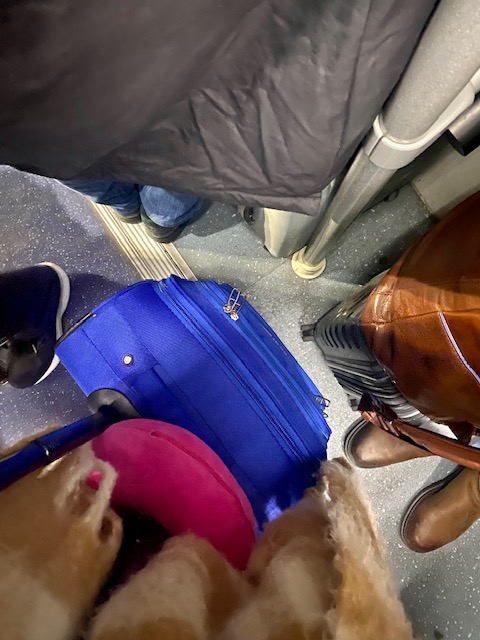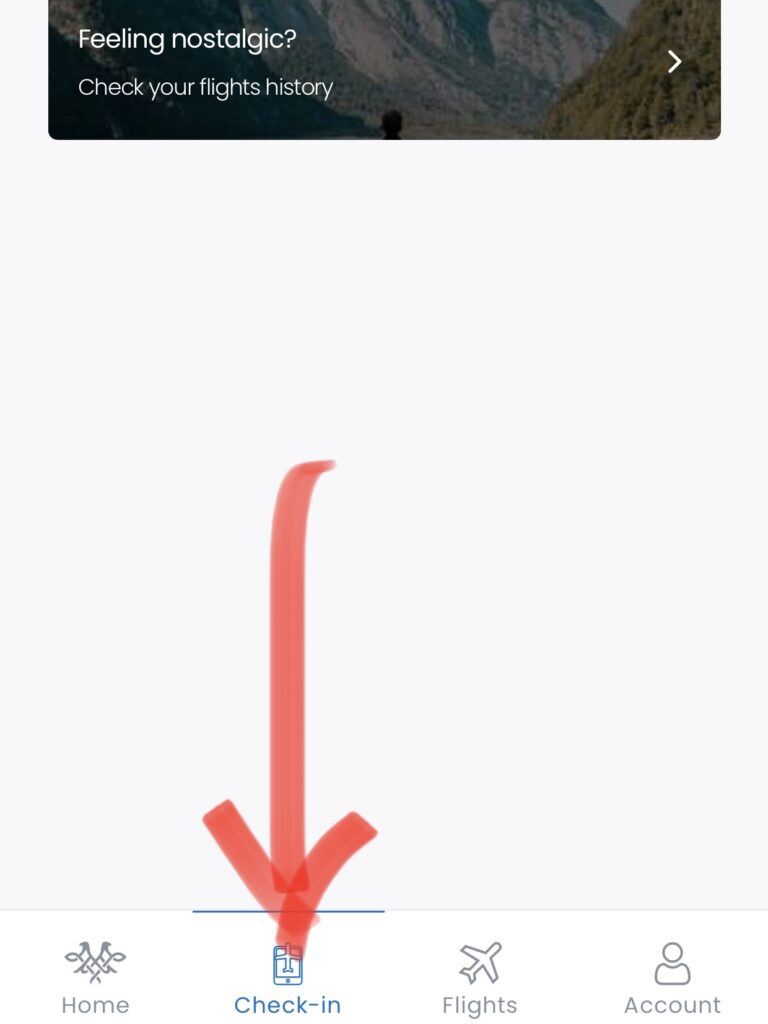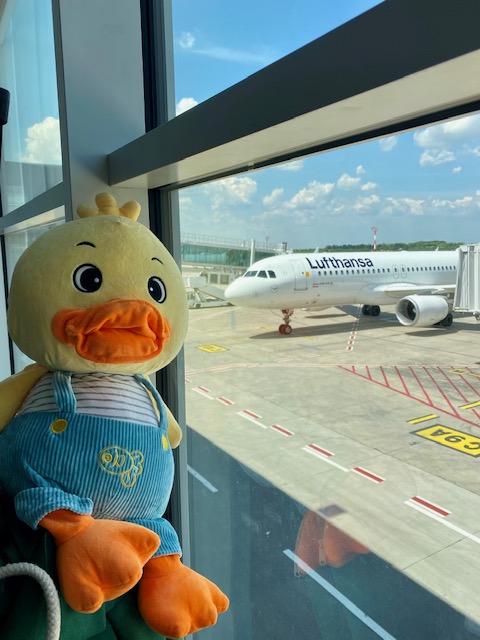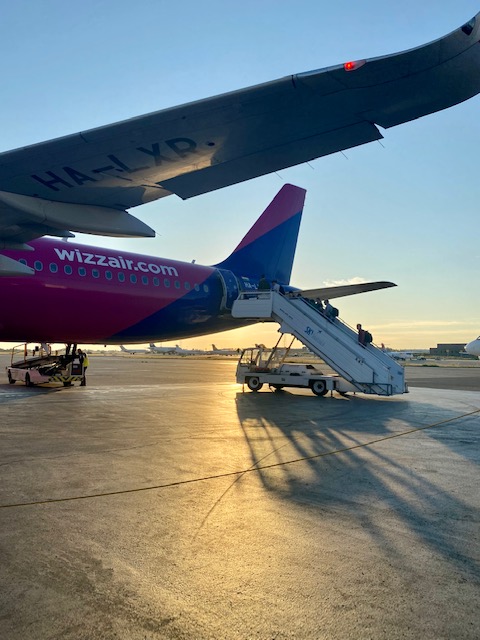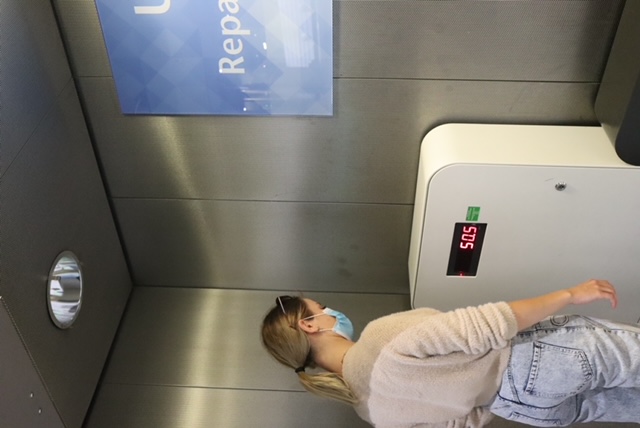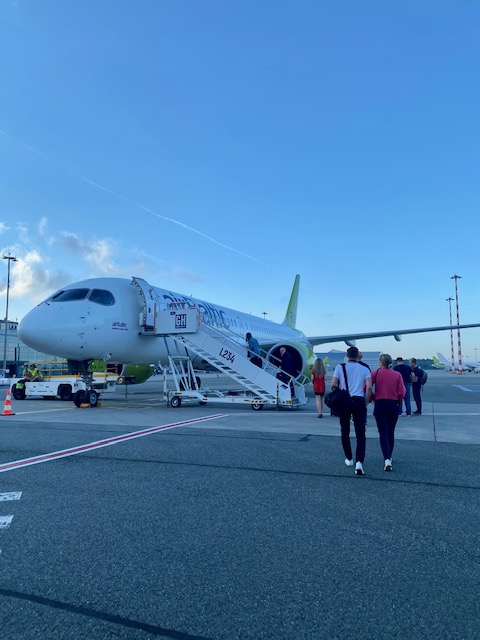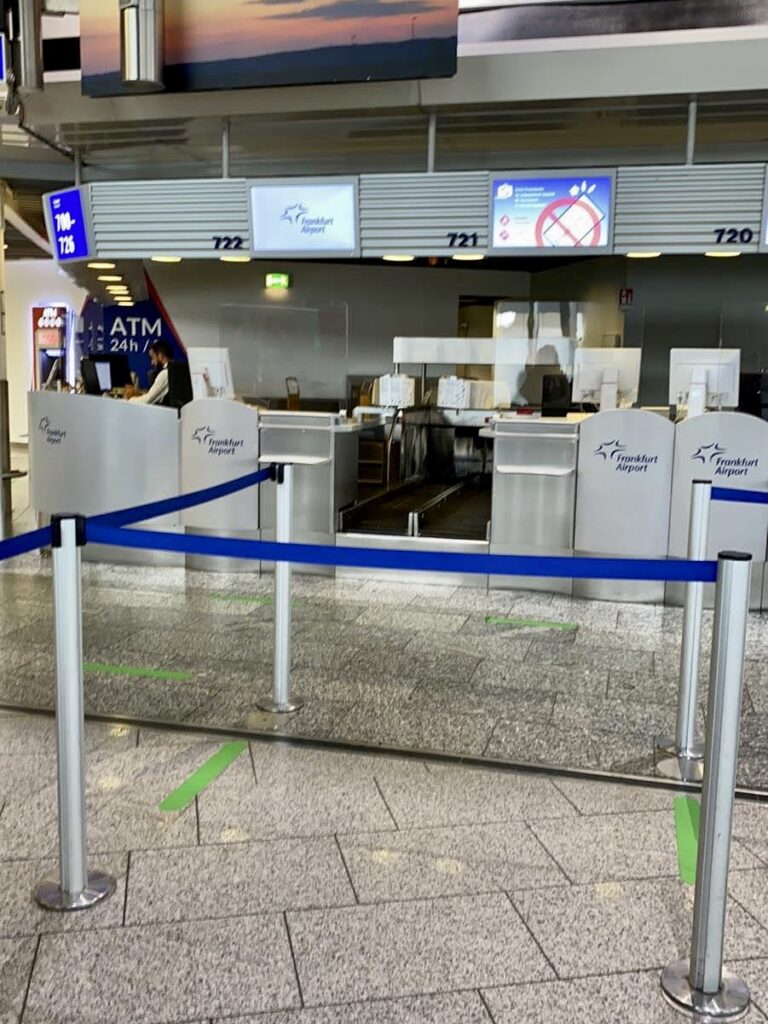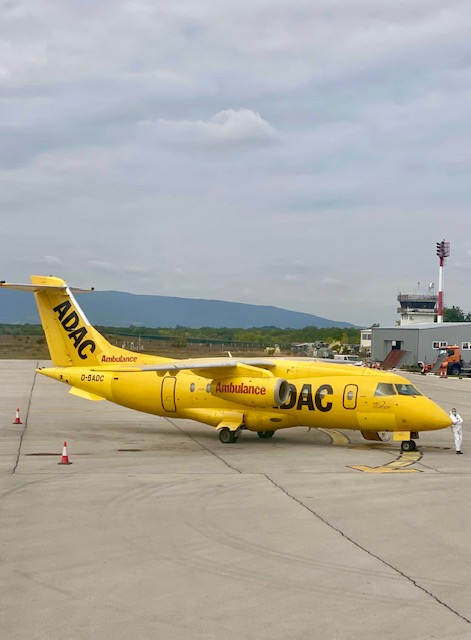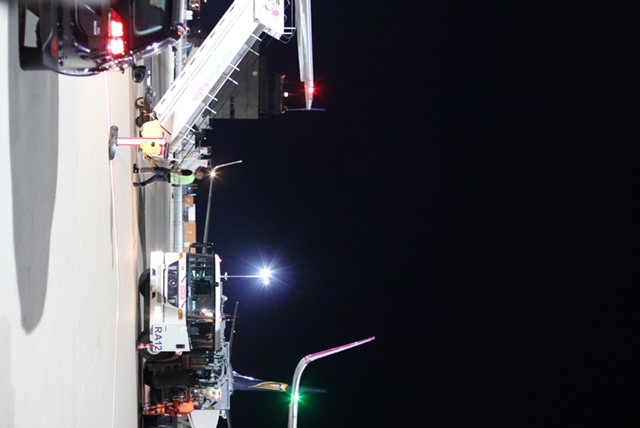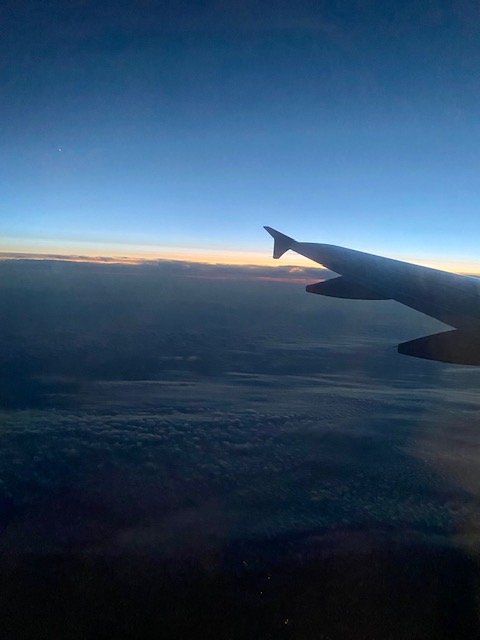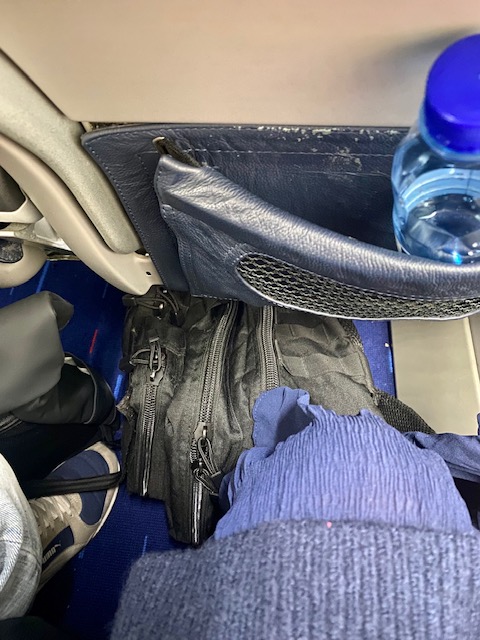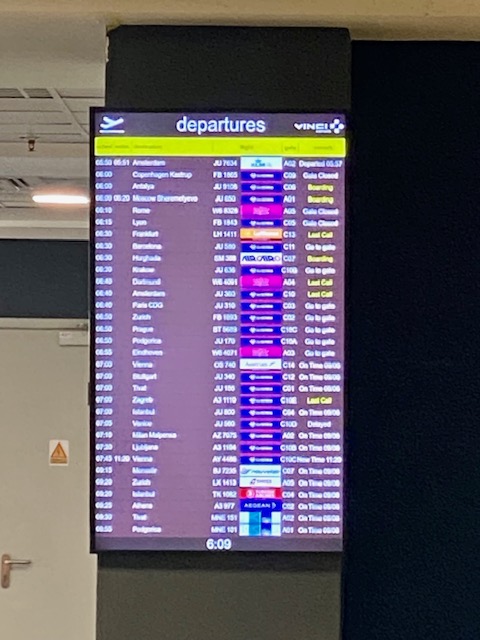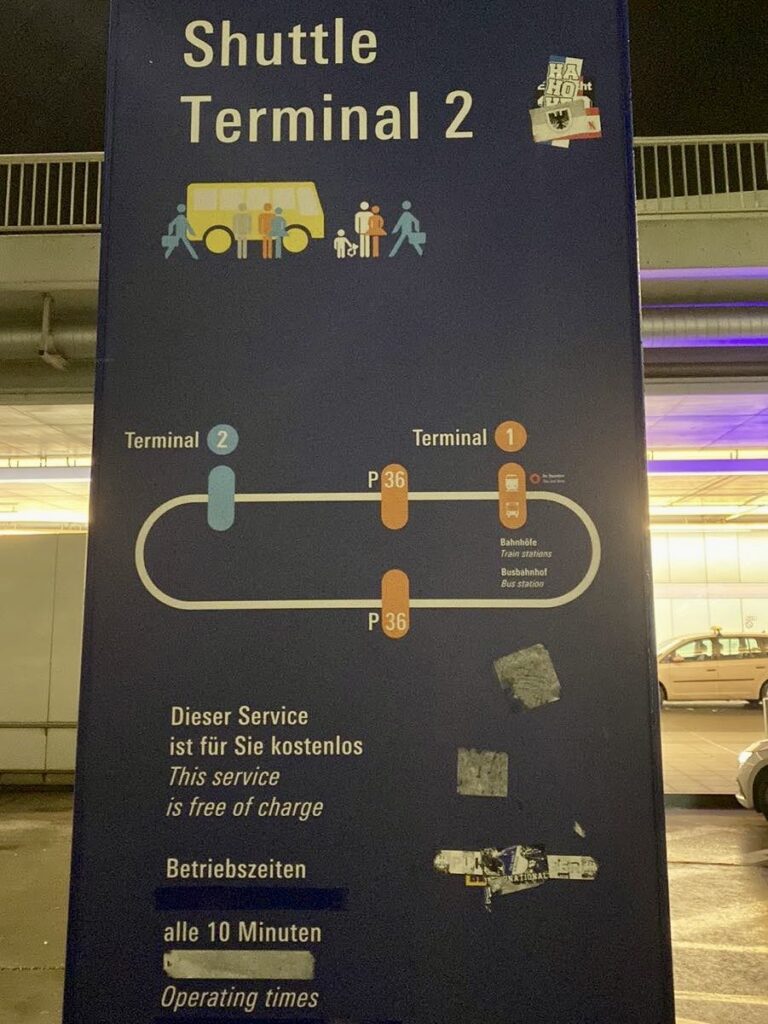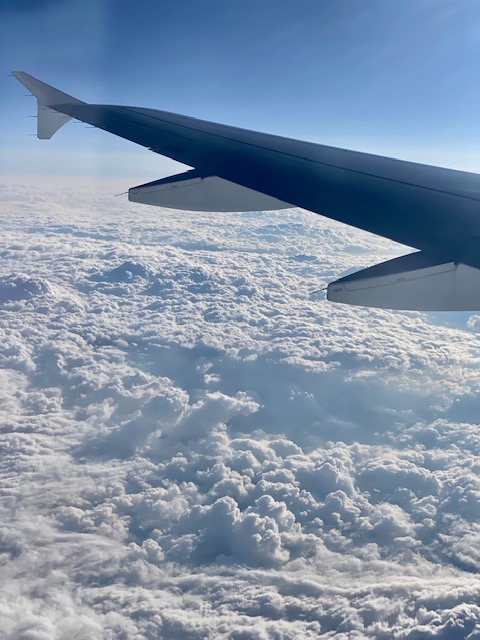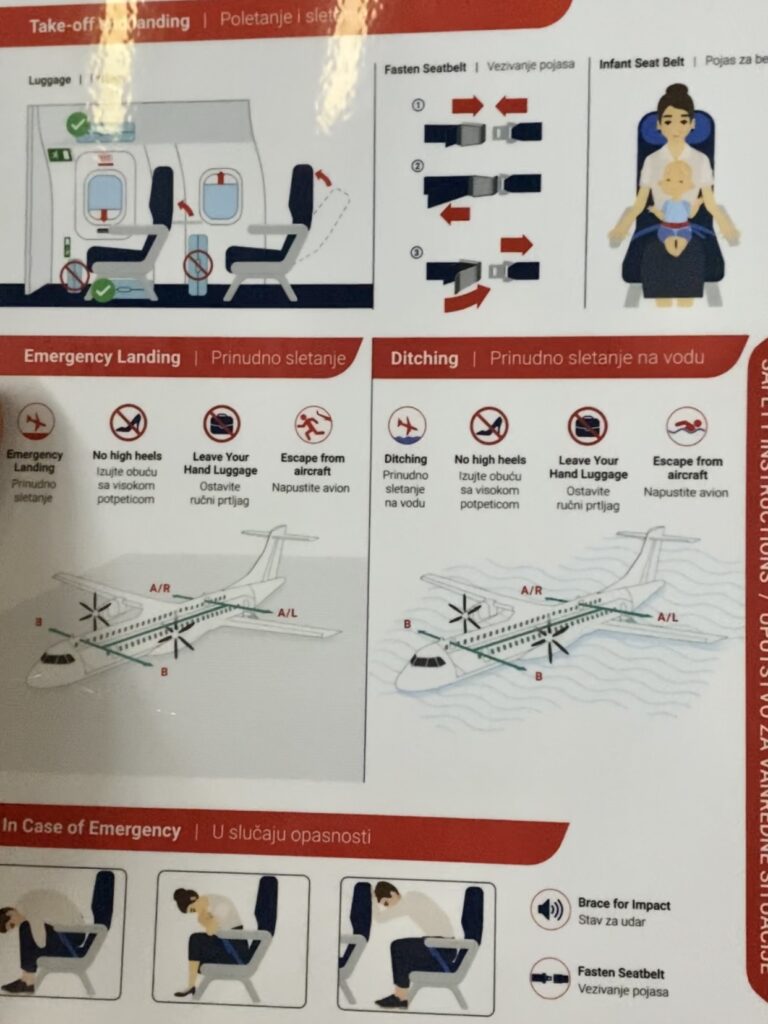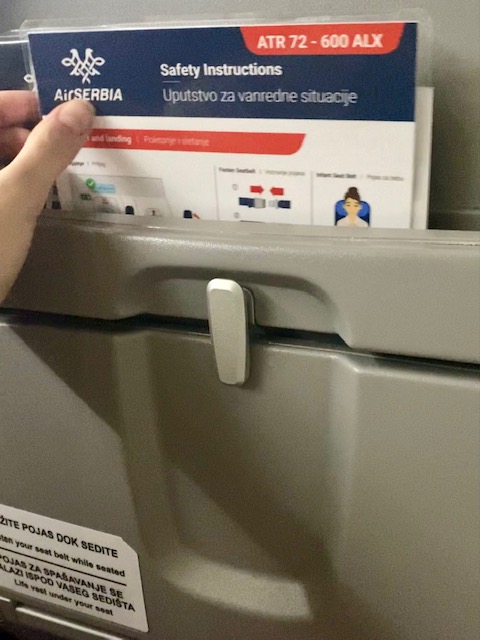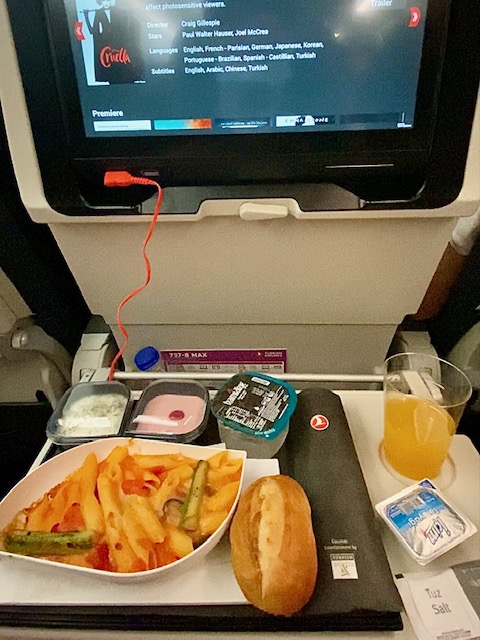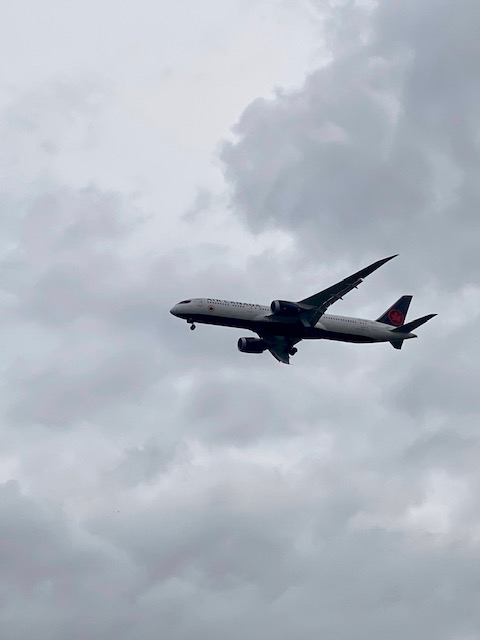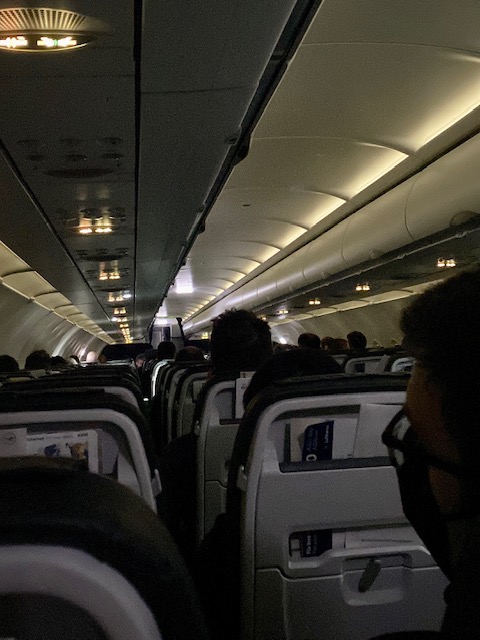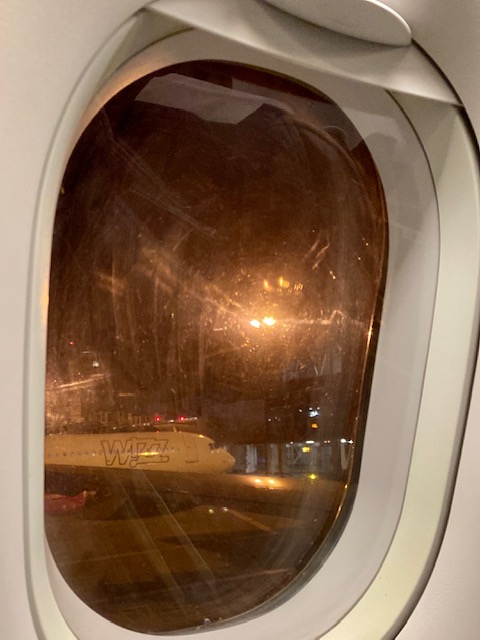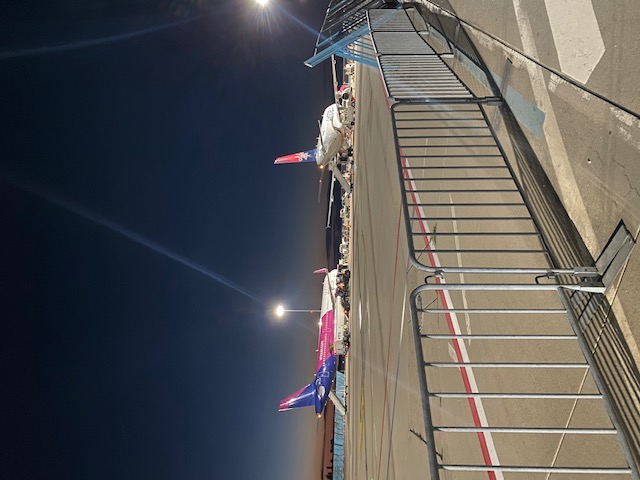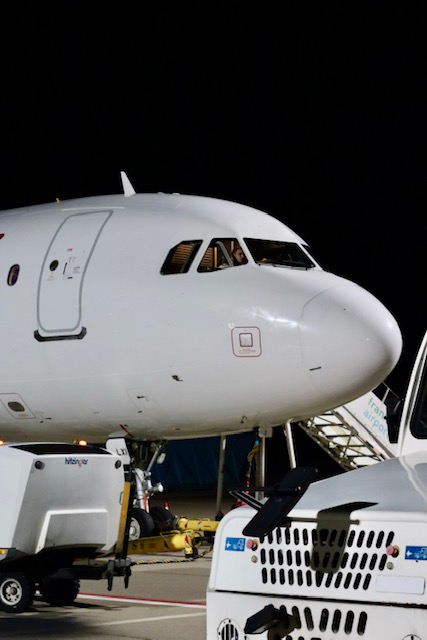Packing and Check-in
Dear passengers, welcome to your first flight. Regardless of the reason why you’ve chosen to experience this mode of transportation now, know that you are not alone. Today, we will go through everything that awaits you on this journey, starting from the assumption that you’ve already purchased your ticket and now it’s time for the next step – check-in.
My warm advice to you is to always check in for your flight online whenever possible, instead of doing it in person at the airport. This way, you’ll avoid waiting for the check-in counter to open, skip the line, and most likely, your carry-on luggage won’t be measured for dimensions and weight. No, this doesn’t mean you should pack 15kg of luggage instead of the allowed 8kg, or take a larger bag than allowed because, often, if the flight attendants suspect anything before boarding, they may measure your carry-on luggage on the spot and send it to the main luggage compartment for which, of course, you have to pay extra because you didn’t adhere to the dimensions. Although this rarely happens, and no one will panic if the weight of your items is 300g more than allowed, it is important to pack your things conscientiously and responsibly, adhering to the rules that are there for a reason.
Check-in is essentially done very simply on the website of the airline through which you purchased your ticket, and in just a few minutes, by entering passenger information, you will complete the check-in procedure for your flight and get your seat.
Tip: During this process, airlines often offer numerous additional benefits that you can take advantage of for an additional fee, and they are not always so transparent, so be very cautious when reading everything you fill out.
How early should you arrive at the airport?
If, however, you have large luggage, not just carry-on, or you’ve simply decided it’s easier to check in for your flight in person, take this into consideration when deciding how early to arrive at the airport.
In any case, it is unquestionably recommended to arrive at the airport on time, with the general advice being at least 2 hours before your flight’s departure. In some cases, due to, for example, construction or a high number of simultaneous flights at a specific airport, you may receive a notice advising you to arrive even earlier, perhaps 3 or 4 hours. Certainly, to avoid headaches, calculate the time needed to reach the airport, and plan accordingly.
Tip: This is the perfect moment to double-check if you have your passport and plane ticket with you.
Once you arrive at the airport, if you haven’t checked in online or need to drop off luggage, the first thing you do is find the counter of your airline to take care of everything. Don’t forget that it’s sometimes easiest to ask where what you’re looking for is located, and once you have your boarding pass in hand, you can proceed, or if you arrived at the airport already with your ticket, you can skip this step.
Scanning and Passport Control at the Airport
Your next stop is likely to be the inspection and scanning of your luggage. I say likely because sometimes passport control precedes this, but in most cases, the order is reversed. At this point, you should already know what you’re not allowed to pack in your bags. When it’s your turn to step in front of the conveyor belt, an official will ask you to take out all liquids and electronic devices from your luggage and remove any metal items, jackets, watches, belts, and similar objects from yourself. So, now you take a basket, put your bags, electronic devices, and liquids that you’ve taken out into it. Remove jackets, coats, watches, belts, and similar items and place them on the conveyor belt.
Tip: It’s entirely okay to take more than one basket if you need to.
While your items are on the conveyor belt going through the scanner, follow the instructions and also pass through the scanner designated for you. Sometimes officials may run some papers over your clothing; this is likely a quick drug test, and they may ask you to take off your shoes and pass through the scanner again without them, mainly if you have metal parts on your clothing. Once they signal that everything is okay, you can retrieve your belongings from the conveyor belt. Here’s where the unpleasantness might occur, where officials toss into the trash any items you’re not allowed to have in your carry-on, like liquids over 100ml, sharp objects, and similar.
If you haven’t passed through passport control yet, it’s now your turn. An officer at the counter will request your personal documents and often your plane ticket.
Your Gate and Boarding the Plane
Your next task is to find your “gate,” typically marked with a letter and number (C10, A7…) – the exit from which you’ll board your plane. These indicators are usually displayed on large screens located in almost every area, and here you can also check if your flight is delayed. Once you gather this information, you can, following the signs, proceed to the gate or, if you have time, take a stroll through the airport shops, grab a coffee, or have a snack.
Tip: Prices here are, of course, quite high.
A good trick is to set an alarm for when you need to head to the plane to avoid getting carried away with sightseeing.
Typically, half an hour before departure, the ground stewardess will call passengers to come to her and show their ticket and passport one final time. Priority will be given to women with small children, pregnant women, and passengers with a business class ticket.
From here, you’ll either be taken by bus to your plane or enter it directly. You should have your seat number in mind, paying special attention to the letter next to that number (1d, 17a…) as it indicates whether your seat is next to the window or not. This is clearly illustrated above the seat, where the number is marked, and a little window icon indicates which letter is the seat next to it. Also, above your seat, there is a compartment for storing carry-on luggage for larger items, and under the seat in front of you, once you’re seated, you’ll place your smaller bag.
Tip: Many people put all their bags, jackets, and everything in the compartments above the seats, and then other passengers may not have space for their single bag. Don’t be one of those people.
The flight
After all passengers take their seats, a flight attendant will approach individuals seated next to the emergency exit doors and explain what they should do in case of an emergency. Then, all passengers will receive instructions on how to fasten their seatbelts and what to do in the event of an unforeseen situation, followed by one thing – takeoff.
Depending on the airline and the duration of the flight, you will receive water, sweets, and food during the journey. In case your flight doesn’t provide any of these, there is a menu in the pocket in front of you with food and drink options that you can purchase.
In front of you, there will always be a sign indicating whether it’s mandatory to fasten your seatbelt and remain in your seat or if you can, for example, go to the restroom. Additionally, always listen to the instructions given by the flight crew as they keep you informed about what is currently happening. One announcement might sound something like this: “We kindly ask all passengers to stay in their seats, fasten their seatbelts as we are currently passing through a turbulent airspace.”
Tip: If you decide to sleep, it’s best to fasten your seatbelt, as otherwise, a flight attendant will wake you up to do so before landing or during turbulence.
What happens after the plane lands?
One more thing that many passengers do is jump out of their seats as soon as the wheels touch the ground, as if their lives depend on whether they leave the plane a minute earlier or later. Once again, please, don’t be those people. Primarily because if you stand up while the plane is still moving, you will receive a warning from the flight attendant to stay seated until it comes to a complete stop. Also, grabbing your suitcase before people who are still seated doesn’t mean you’ll magically pass through closed doors before everyone else. An unwritten rule is that everyone leaves their seat when the people in front of them have done the same. This way, all passengers have enough space to take out their luggage from the overhead compartments, and there is no line of people standing motionless, blocking the aisle and slowing down the exit, not only for pregnant women and children but for everyone.
What awaits you at the airport next is another passport control, where you will be officially registered as a person who has entered the country or, in the case of having a paper passport, you will receive your stamp. Sometimes there may even be detailed questions about where you are going, how much money you have with you, and whether you can prove your accommodation reservations and that you are returning to your country with reservations. All of this is a regular procedure, and there is no need for any panic. If you’re not confident in English, you can always prepare your answers in advance, as well as the phone number of someone officials can call, for example, someone waiting for you outside the airport after landing. After all, you can even ask the person next to you to help you with translation.
If you flew with large baggage, after passport control, your boarding pass usually indicates the number of the conveyor belt from which you can pick it up. If you only have carry-on luggage, congratulations – you have successfully arrived at your destination, and on the list of things you did for the first time in your life, you can check off flying by plane. I’m proud of you!
Useful Terms in Airport Communication
1. **Airport**
– **Spanish:** Aeropuerto
– **Italian:** Aeroporto
– **German:** Flughafen
2. **Flight**
– **Spanish:** Vuelo
– **Italian:** Volo
– **German:** Flug
3. **Departure flight**
– **Spanish:** Vuelo de salida
– **Italian:** Volo in partenza
– **German:** Abflug
4. **Arrival flight**
– **Spanish:** Vuelo de llegada
– **Italian:** Volo in arrivo
– **German:** Ankunft
5. **Terminal**
– **Spanish:** Terminal
– **Italian:** Terminale
– **German:** Terminal
6. **Check-in counter**
– **Spanish:** Mostrador de check-in
– **Italian:** Bancone di check-in
– **German:** Check-in-Schalter
7. **Boarding pass**
– **Spanish:** Tarjeta de embarque
– **Italian:** Carta d’imbarco
– **German:** Bordkarte
8. **ID/Passport**
– **Spanish:** DNI/Pasaporte
– **Italian:** Carta d’identità/Passaporto
– **German:** Ausweis/Reisepass
9. **Security check**
– **Spanish:** Control de seguridad
– **Italian:** Controllo di sicurezza
– **German:** Sicherheitskontrolle
10. **Carry-on bag**
– **Spanish:** Equipaje de mano
– **Italian:** Bagaglio a mano
– **German:** Handgepäck
11. **Customs counter**
– **Spanish:** Mostrador de aduanas
– **Italian:** Bancone doganale
– **German:** Zollschalter
12. **Layover/Transfer**
– **Spanish:** Escala/Transferencia
– **Italian:** Scalo/Trasferimento
– **German:** Zwischenstopp/Transfer
13. **Takeoff**
– **Spanish:** Despegue
– **Italian:** Decollo
– **German:** Abflug
14. **Landing**
– **Spanish:** Aterrizaje
– **Italian:** Atterraggio
– **German:** Landung
15. **Boarding gate**
– **Spanish:** Puerta de embarque
– **Italian:** Cancello d’imbarco
– **German:** Gate
16. **Flight is boarding/closed**
– **Spanish:** El vuelo está abordando/cerrado
– **Italian:** L’aereo sta imbarcando/chiuso
– **German:** Das Flugzeug nimmt Passagiere an/geschlossen
17. **Departure lounge**
– **Spanish:** Sala de salidas
– **Italian:** Sala partenze
– **German:** Abflughalle
18. **Arrival hall**
– **Spanish:** Sala de llegadas
– **Italian:** Sala arrivi
– **German:** Ankunftshalle
19. **Exit**
– **Spanish:** Salida
– **Italian:** Uscita
– **German:** Ausgang
20. **Lost luggage**
– **Spanish:** Equipaje extraviado
– **Italian:** Bagaglio smarrito
– **German:** Verlorenes Gepäck
21. **Customs declaration**
– **Spanish:** Declaración de aduana
– **Italian:** Dichiarazione doganale
– **German:** Zollerklärung
22. **Aircraft docking**
– **Spanish:** Atraque de la aeronave
– **Italian:** Attracco dell’aereo
– **German:** Flugzeugankunft
23. **Passenger plane**
– **Spanish:** Avión de pasajeros
– **Italian:** Aereo passeggeri
– **German:** Passagierflugzeug
24. **Passport control**
– **Spanish:** Control de pasaportes
– **Italian:** Controllo passaporti
– **German:** Passkontrolle
25. **Visa**
– **Spanish:** Visa
– **Italian:** Visto
– **German:** Visum
26. **Flight schedule**
– **Spanish:** Horario de vuelos
– **Italian:** Orario dei voli
– **German:** Flugplan
27. **Shuttle to the plane**
– **Spanish:** Autobús al avión
– **Italian:** Navetta per l’aereo
– **German:** Shuttle zum Flugzeug
28. **Delayed flight**
– **Spanish:** Vuelo retrasado
– **Italian:** Volo in ritardo
– **German:** Verspäteter Flug
29. **Cancelled flight**
– **Spanish:** Vuelo cancelado
– **Italian:** Volo cancellato
– **German:** Annullierter Flug
30. **Airline ticket**
– **Spanish:** Billete de avión
– **Italian:** Biglietto aereo
– **German:** Flugticket
The latest
I wonder what torment it must have made it choose to spend its life walking around and convincing people that it actually exists.
-about the limit-


“This is not just a travel blog through new countries, but also through my life, which is the greatest journey I have ever dared to embark on.”

